Machinery groups expanding in Vietnam
Maksim Egorenkov, director of Russian industrial construction equipment supplier Stroimatic, visited Vietnam on April 20 in order to attend Contech Vietnam 2023 the following day.
“It will be extremely convenient for us to begin servicing and selling Stroimatic-designed and manufactured devices,” Egorenkov told VIR. The products are suitable for low-rise commercial structures.
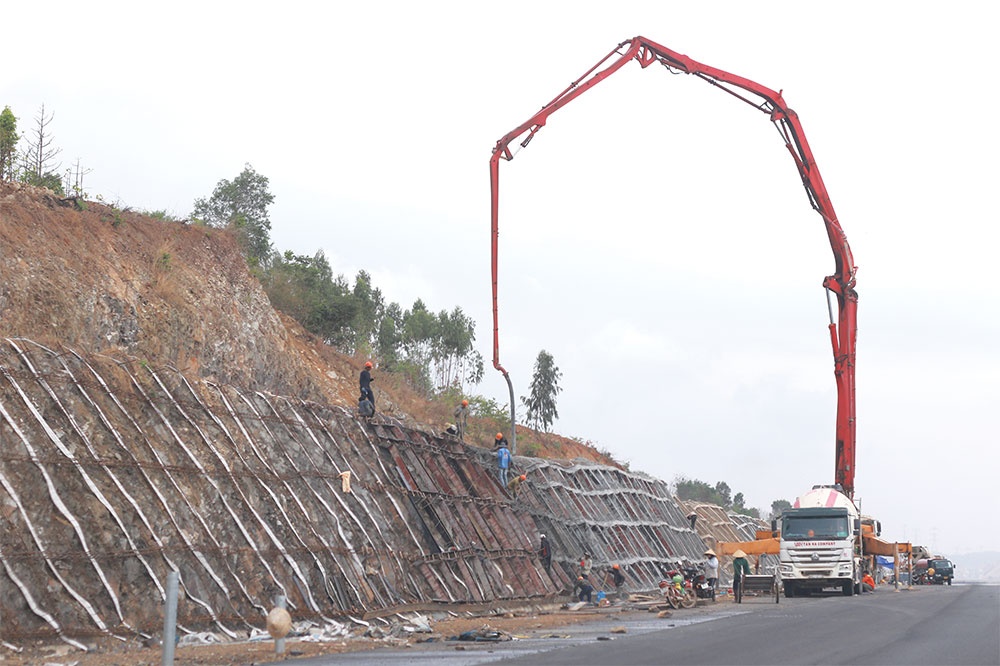 |
| Vietnam is a keen destination for equipment companies that can aid the nation’s infrastructure goals, photo Le Toan |
The expansion of the Vietnamese construction market appeals to Stroimatic. “We discovered that many foreign corporations are promoting their products in this country quite effectively. We view this as a tremendous opportunity to broaden our business scope by establishing a business in Vietnam to sell equipment and provide services.”
In the market development strategy, Egorenkov stated that he is “looking for a location, possibly in Vietnam, to establish a production base in Asia.” Using Vietnam as a springboard to access the Southeast Asian market is a tried-and-true strategy that continues to be utilised by a large number of global industrial manufacturers despite the slow recovery of global production.
Meanwhile Jason Li, general manager of Chinese construction equipment manufacturer Mantall said that two primary factors pique his interest in the Vietnamese market. “Firstly, Vietnam has a lower tax rate than China. Therefore, Mantall desires to sell forklift products in the regional market via Vietnam. Secondly, labour costs are low and so we can reduce personnel expenses to boost profits.”
Li stated his company currently has no competition in the Vietnamese market. Mantall, which transports goods from China to Vietnam via Shanghai, has recently established offices in Hanoi and Ho Chi Minh City, as well as a product warranty facility in the northern province of Hai Duong.
While Li is pleased that Vietnam is an open market, and the government has a favourable trade policy with Southeast Asian countries, Europe, the United States, South Korea, and Japan, there are still obstacles for Mantall introducing forklifts to Vietnam.
“The fact that not everyone in Vietnam speaks English is a problem,” he said. “The policy of Vietnam and its impact on businesses, such as regulations on insurance for foreign employees, are also complex, and we are uncertain as to whether businesses must pay hospital fees and incur penalties.”
Analysts asserted that Vietnam’s industrialisation cannot occur in isolation, but must be integrated into the global production and business chain. According to the Ministry of Industry and Trade, Vietnam’s economy is profoundly integrated with the global economy, with the total value of import and export turnover equalling 160-200 per cent of GDP in recent years. Vietnam must import the vast majority of machinery and equipment, particularly those used to manufacture high-precision and technical goods.
According to data from the General Department of Vietnam Customs (GDVC), the total import value of this category of products in 2022 reached $45.1 billion, despite a minor decrease of 2.4 per cent compared to 2021. Vietnam must spend an average of $5-6 billion per year to import construction apparatus and equipment.
The GDVC noted that China, South Korea, Japan, and Taiwan are the leading suppliers of machinery to Vietnam. Due to competitive pricing, these four markets account for roughly 70 per cent of Vietnam’s imported machinery. China continued to be the largest supplier of these products to Vietnam in 2022, with a value of $24.29 billion, followed by South Korea ($6.24 billion) and Japan ($4.25 billion).
To accomplish the industry’s growth objective of approximately 6.5 per cent in 2023, Tong Van Nga, president of the Vietnam Association for Building Materials, predicted that demand for importing and updating new construction machinery and equipment will continue to increase. The construction industry grew by about 8.5 per cent last year.
“Vietnam’s urbanisation rate is rapidly accelerating; in 2022, it reached 41.7 per cent, up 1.2 per cent on-year, indicating the enthusiasm of the machinery and equipment market for investment in construction projects,” Nga said.
Several Vietnamese manufacturers are utilising this method to integrate the value chain. Quang Du, general director of VMS Engineering, which has a factory in the southern province of Dong Nai, stated that 99 per cent of its output is made to order for Maas, Australia’s foremost construction equipment supplier. Australia, South Africa, Indonesia, and Kazakhstan are its primary consuming markets.
“VMS is an integral element of the Maas supply chain, producing construction and mining equipment such as compressors and bulldozers. This year, orders are up 30 per cent,” said Du. According to him, the economic decline has had little impact on the industrial equipment market, even increasing demand for the majority of construction and mining-related products.
In 2022, VMS’ sales reached approximately $25 million.
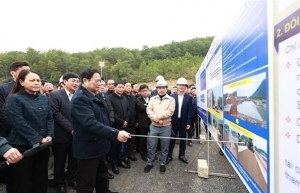 | Vietnam eager to complete integral transport infrastructure to attract FDI Local authorities at all levels are eager to implement construction of transport infrastructure up and down the country. |
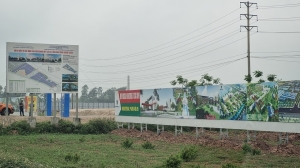 | Hung Yen focuses investment on transport infrastructure Hung Yen has identified transport infrastructure as crucial in terms of regional connection to spur the province’s socioeconomic development. |
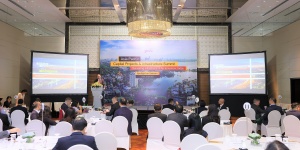 | Asia-Pacific Capital Projects & Infrastructure Summit spotlights sustainability The Asia-Pacific Capital Projects and Infrastructure Summit, organised by PwC Vietnam, took place on April 27 in Hanoi. The theme, Delivering infrastructure for tomorrow, today, focused on the country's development journey towards sustainable infrastructure. |
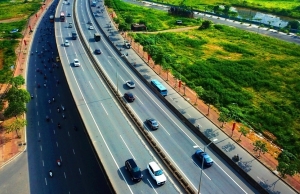 | ASEAN+3 should unlock more capital for sustainable infrastructure COVID-19 has brought severe hardships to peoples and communities across the globe, but for the economies of the Association of Southeast Asian Nations, a resilient recovery is underway. |
What the stars mean:
★ Poor ★ ★ Promising ★★★ Good ★★★★ Very good ★★★★★ Exceptional
Related Contents
Latest News
More News
- Businesses ramp up production as year-end orders surge (December 30, 2025 | 10:05)
- Vietjet chairwoman awarded Labour Hero title (December 29, 2025 | 13:06)
- How to unlock ESG value through green innovation (December 29, 2025 | 10:03)
- AI reshapes media and advertising industry (December 29, 2025 | 08:33)
- FPT and GELEX sign deal to develop blockchain tech for global markets (December 29, 2025 | 08:29)
- Vietnam’s GDP forecast to grow by 9 per cent in 2026 (December 29, 2025 | 08:29)
- Women entrepreneurs are key to Vietnam’s economic growth (December 29, 2025 | 08:00)
- Vietnam's top 500 value-creating enterprises announced (December 27, 2025 | 08:00)
- The PAN Group shaping a better future with ESG strategy (December 26, 2025 | 09:00)
- Masan Consumer officially lists on HSX, marking the next phase of value creation (December 25, 2025 | 13:20)

 Tag:
Tag:




















 Mobile Version
Mobile Version